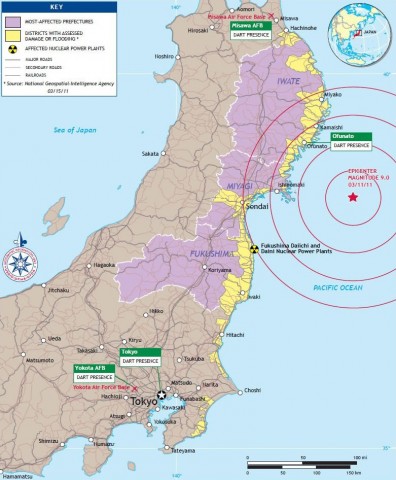
Disasters exacerbate pre-disaster inequities and intensify the vulnerability of women and other marginalized and disempowered groups. Believing that the experiences and perspectives of those who are marginalized should be incorporated in disaster policies and responses, Professor Yoshihama launched a PhotoVoice project to help develop more effective disaster responses and policies by engaging the very women affected by the disasters. The act of taking photographs and sharing and listening to stories prompted many participants to examine their life conditions and how their lives are connected to and influenced by complex structural and sociocultural forces. Exhibiting their photographs and voices, making public presentations, and interacting with the audience represented action toward the change they envisioned. The challenges are numerous, but the benefits of participatory action research and its potential contribution are vast.
Professor Yoshihama’s PhotoVoice Project is an ongoing participatory action research effort. It began in June 2011with three sites in the hardest-hit areas of northern Japan: 1) City of Koriyama, Fukushima Prefecture where many residents from near the Fukushima Daiichi Power Plant have evacuated; 2) City of Sendai, Miyagi Prefecture, which is the largest city located closest to the earthquake’s epicenter; and 3) City of Miyako, Iwate Prefecture, a coastal city that experienced colossal damage due to the tsunami (see above Project Location Map) The project has since expanded and operated in City of Fukushima, City of Ishinomaki, and Town of Onagawa, as well as two locations in the Tokyo Metropolitan District where many evacuees from near the Fukushima Daiichi Nuclear Power Plant have relocated.
On an ongoing basis, participants take photographs of their lives and communities, and then attend group discussion meetings, 2-4 times a year. At each meeting, selected photographs are projected onto a large screen to aid reflective and interactive discussion that go beyond one-way narratives of individual participants explaining their photographs to the group. Professor Yoshihama and colleagues facilitate the discussion to encourage participants to explore the meaning of their photographs and examine how their experiences and observations reflect (literally and symbolically) various structural and sociocultural forces and factors. Through these repeated discussions, participants, collaborators, and Professor Yoshihama identify limitations of the current disaster policies and responses and formulate recommendations for improvement.
Many photographs and group discussions by participants in Fukushima involve grief over loss, fear of the unknown, worry about the future, and anger and resentment toward the government and the Tokyo Electric Company. Across study locations, participants have taken a wide range of photographs to illustrate the invisible consequences of the nuclear accident, radioactive contamination, and significant losses due to reconstruction efforts which have received relatively less attention in research and public discourse. For example, mountains were leveled, and trees cut down, in order to secure land for public reconstruction housing at the cost of nature. The tall seawall being built along wide coastal stretches of northern Japan also reflects a value-laden decision influenced by economic and political forces (see sidebar photo). Participants have also taken photographs of what is yet to happen and what the citizens desire to happen, be it a more disaster-resilient society or reconstruction efforts that promote the coexistence of human beings and nature.
The participants wanted to disseminate their photographs and voices broadly, so the project has been organizing a series of exhibits and public forums, where participants make presentations. Increasingly, national and local governments co-sponsor or commission PhotoVoice Project’s exhibits. For example, as part of the United Nations Third World Conference on Disaster Risk Reduction held in Sendai, Japan in 2015, the PhotoVoice exhibit was commissioned by the City of Sendai and Sendai Gender Equal Opportunity Foundation, and a workshop on PhotoVoice and citizen documentary efforts was co-sponsored by the National Women’s Education Center. Exhibits and public presentations serve as a reminder of the disaster and of the importance of remembering and talking about it. One attendee said, “I felt the power of the photographs. It is important to keep a record. Photographs help us remember and continue to talk about what happened.”
The participants’ photographs and voices themselves constitute a rare record of the Great East Japan Disaster from the perspective of the individuals affected by the calamity. The participants are ordinary citizens and all women, whose perspectives have not been conventionally incorporated in academic or policy discourse. An illustrative example of the social significance of such citizen-generated documentary records is the invitation from the National Women’s Education Center to include the photographs and voices from the Project in their national archive. This archive is linked to the Great East Japan Earthquake Archive of the National Diet Library (the equivalent of the U.S. Library of Congress), which is linked to various archives around the globe.
In addition to contributing to the social investigation and documentation of the disaster’s consequences, the project also has served to expand participants’ capacities and spurred them to action.